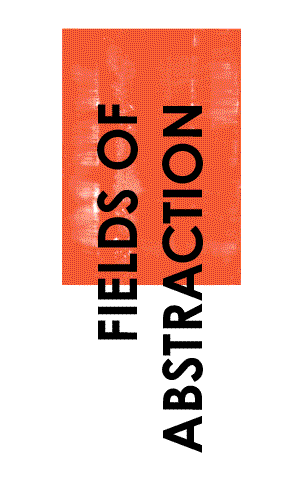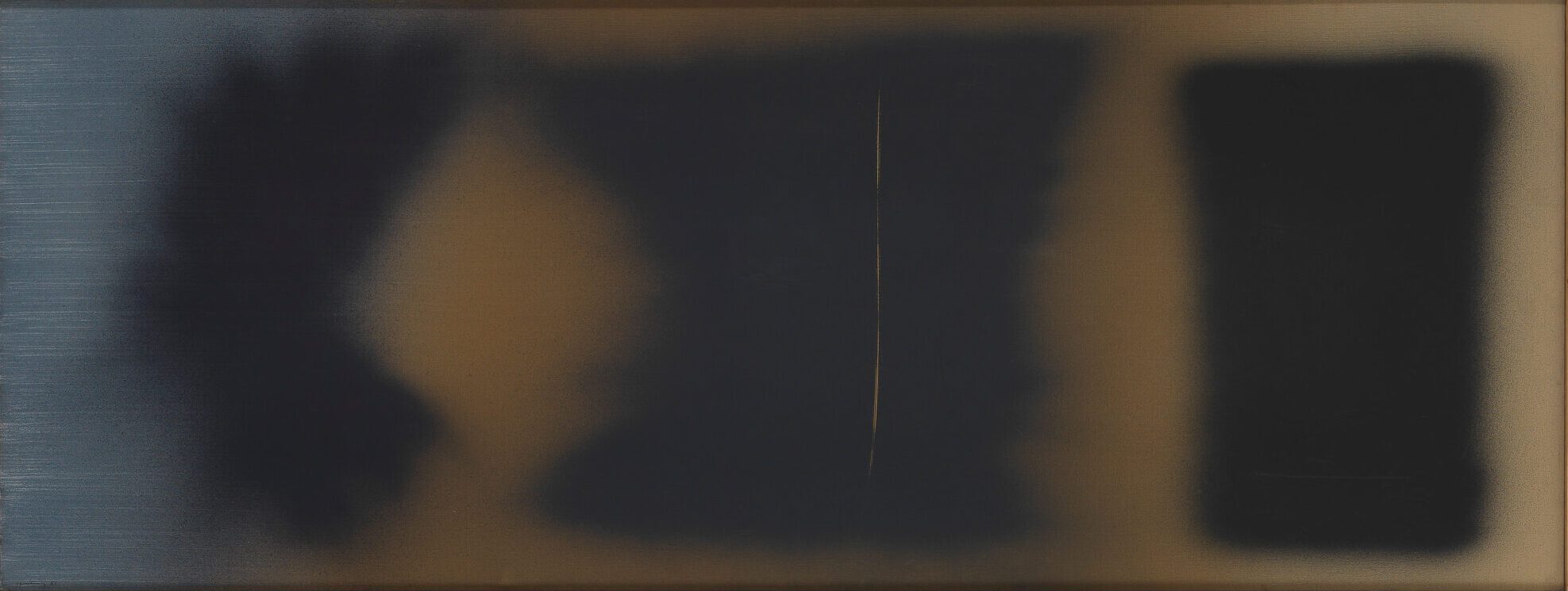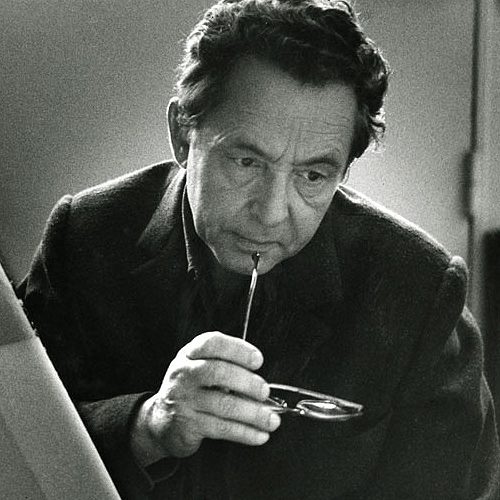Having studied philosophy, art history, and art in Leipzig, Dresden, and Munich, Hans Hartung moved to Paris in the late 1920s. He joined the French Foreign Legion and was imprisoned by the Gestapo during World War II, both for serving in a foreign army and for his “degenerate” painting style. In Paris, Hartung met Kandinsky, Mondrian, Miró, and Calder, and exhibited works at the Salon des Surindépendants. After the war, he became associated with the artists Jean Fautrier and Pierre Soulages, who had also adopted a spontaneous and gestural style. Known for his lyrical abstractions and for his involvement in the Art Informel movement, Hartung had a significant impact on American abstract painters during the early 1960s, including Helen Frankenthaler and Sam Francis.
According to Hartung, “the painting which is called abstract is none of the ‘Isms’ of which there have been so many lately, it is neither a ‘style’ nor an ‘epoch’ in art history, but merely a new means of expression, a different human language – one which is more direct than that of earlier painting.” His abstractions exhibit distinctive swirls, scribbles, and hatch marks made by scratching, erasing, and reapplying pigment. Composition features three black suspended areas of color hovering over a yellowish and gray background. In several locations, calligraphic scratches reveal the bare canvas below, creating a tension between them and the areas of color. The work appears to embody and celebrate a central idea in Hartung’s thought: “The first and most important thing is to remain free, free in each line you undertake, in your ideas and in your political action, in your moral conduct . . . The artist especially must remain free from all outer restraints.”
Adina Kamien


